SCC is the Future
SCC is concrete that you are hearing a lot about right now, because it is the concrete of the future. Introduced to the concrete industry by the Japanese in the late 1980s, it is rapidly catching on in North America. Only a few short years ago, not many people were aware of SCC but, today, about 35% of North American precasters are utilizing it.
Just what is this fancy new product that has so many folks excited? SCC is a very fluid, high strength concrete that flows almost like water, self-compacts with little or no vibration, does not segregate (if properly made) and is self-leveling. The formal definition of SCC is “a highly flowable, yet stable concrete that can spread readily into place and fill the formwork without undergoing any consolidation effort and without significant separation”. Concrete products made with SCC have an excellent finish, and are virtually free of bugholes.
To accomplish this very special mix, fourth generation high-range water reducing (HRWR) admixtures are required – that is, special and expensive superplasticizers. Viscosity modifying admixes (VMA) are also needed, as well as filler materials. Frequently, fly ash or pulverized limestone is used as the filler. Because the mix designs are so unique, we strongly recommend that you work them out with the supplier of your SCC admixes.
SCC is not measured in terms of slump; rather, the pertinent measurement is referred to as “slump flow” or “spread”, which usually varies from 22” to 30”. That is, a horizontal measurement is taken, rather than a vertical one. Even though the “puddle” of concrete has a large spread, the coarse aggregates do not segregate - the superplasticizer holds the aggregates in suspension.
Some things to be aware of:
while the material cost can be as much as 20% more, total costs can be lower because time consuming, labor intensive vibration is eliminated
use low W/Cm ratio
must “wet out” the mix – i.e. longer mixing time is required to disperse the admix
SCC mixes are extremely sensitive to changes in moisture, aggregate gradation and temperature
excess water can result in a creamy, bubbly foam at the surface, referred to as the “root beer float”, indicating segregation
aggregates need to be well graded to achieve maximum density. The spread is affected by the aggregate shape – marbles, dice, dominos
SCC mixes must be poured in only one location (or two, depending on the product configuration), and allow the concrete to flow to fill every part of the form
bugholes can be caused by pouring too quickly, pouring in too many places, changing form oil, changing aggregate gradation
SCC can segregate during transportation, if the distance is too far and/or the yard surface is rough
quality control is a must
Although there is no formal standard for SCC mix designs, there are the following ASTM Standards for testing SCC, as well as few informal tests:
ASTM C1611 – Slump Flow Test – take the average of two spread measurements
ASTM C1621 – J-Ring Test to measure the passing ability of SCC through reinforcing
ASTM C1610 – Column Segregation Test to measure segregation
ASTM C1712 – Rapid Assessment Method for SCC segregation
U-Box Test – measure flowabiliy
V-Funnel Test – measure flowability
T20 Test – measure the time (2 to 5 secs.) at spread of 20” (varies with aggregate type – marbles, cubes, dominos)
Finger Test – run your finger through the spread to compare how quickly the groove closes, and the shape of the groove.
VSI – Visual Stability Index is measured as 0 (highly stable), 1 (stable), 2 (unstable), 3 (highly unstable). The more unstable the mix, the larger the “halo”.
We have given you only a brief introduction to SCC. This is a material that you will want to learn more about, so we recommend that you contact your admix supplier to see how they can work with you to improve your product while making it faster, with less labor.
If you have given up on SCC because of a bad experience, give it another shot, because there is no doubt that SCC is the future.
